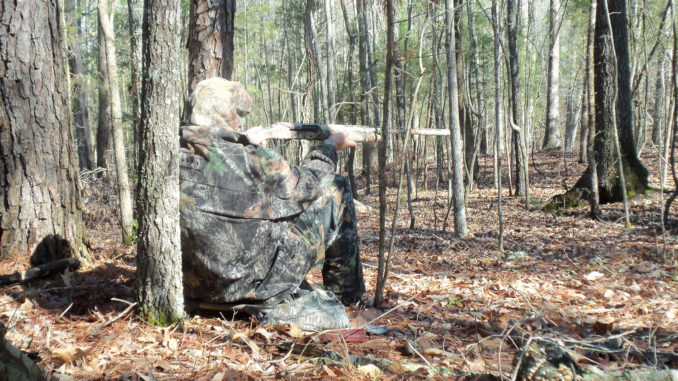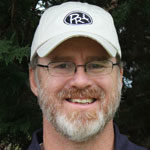
Hunters who pursue turkeys in the mountains have one thing in their favor that’s not available to those in other areas of South Carolina: the terrain. It’s all about using the terrain to your advantage, and it’s essential when planning to intercept a tom.
“Gobblers will roost in the low, narrow valleys and fly up to feed,” Charles Hudson said. “(They) will fly across to the closest, most-open ridge to feed and chase hens. This is usually done along the side of the ridges, (and) they will feed around the ridge, similar to other game.”
Hunters should set up along the top of a ridge or just below the ridge line to be in the best possible place to intercept gobblers.
If a hunter can think like a turkey, he’s a step ahead, Hudson said.
“Rmember, turkeys rely on their eyesight heavily for defense,” he said. “If you see a hillside covered in (mountain) laurel, avoid it, because the turkeys will.”
Instead, look for more open hillsides; typically, south-facing hillsides will have contain more laurel thickets, and knowing this will help hunters avoid them. If that’s not possible, Hudson recommends setting up on top of a ridge or “in the most-open area around.”
Hudson said that turkeys know where open areas are, and they often target them in their daily travels, especially old logging roads that meander through the mountains.
“If there’s a roadbed on (a) ridge somewhere, turkeys will know it and often will fly directly to that road to begin their feeding,” he said.
Hudson said that, like other animals, turkeys use “saddles” — low, wide dips between two ridges — to travel from one ridge to another.
“By setting up in saddles, you can often give yourself the best possible chance to see a good long,” he said.
So use open ridges and hillsides, saddles and logging roads when setting up to try and lure in a gobbling bird.




Be the first to comment